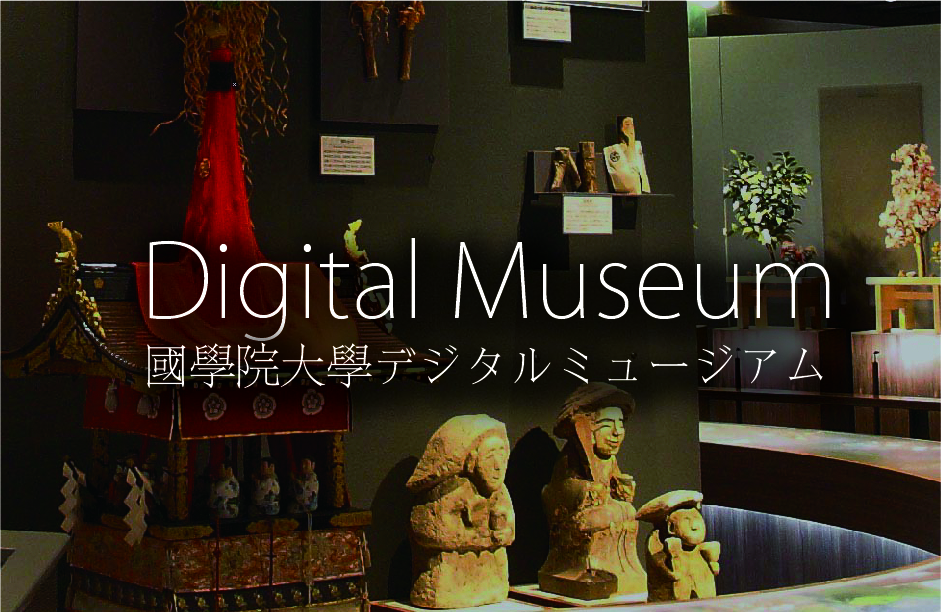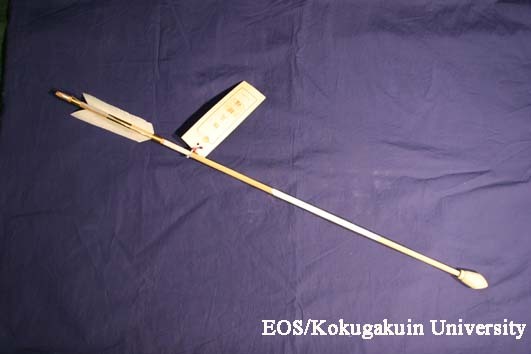- トップ
- Encyclopedia of Shinto
- Hamaya
Encyclopedia of Shinto
| Main Menu: | |
| Links: |
詳細表示 (Complete Article)
| カテゴリー1: | 4. Jinja (Shrines) |
|---|---|
| カテゴリー2: | Offerings and Talismans |
| Title | Hamaya |
| Text | Literally, "demon-breaking arrow." A decorative arrow sold at shrines at New Year's to ward off misfortune and attract good luck. Hamaya are popular among New Year's visitors to shrines as one type of good-luck charm or engimono. From the Edo to the early Meiji period, hamaya were given as gifts to celebrate the first New Year of a male baby's life, frequently in a set together with a pair of decorative bows called hamayumi ("demon-breaking bows"). The custom of selling the arrow alone is thought to be a later abbreviation of this custom. Even today, the custom persists of standing such symbolic bows and arrows at the northeast and southwest corners of a new house (called kimon, the directions thought particularly susceptible to evil influences) on the occasion of the roof-raising rituals (jōtōsai). The etymological significance of hama is not clear, but it is said to have been an ancient word for an archery target or an archery contest. The practice of making round targets of braided bamboo or straw, or circles of wood, and throwing them into the air or rolling them on the ground as archery targets was a common children's pastime, but it was also known as a form of New Year's divination used to foretell the fortunes of the coming year (toshiura). Currently, hamaya are generally explained as getting their names from their function as "demon-quelling" arrows and bows. However, this explanation was rejected by the Edo-period scholar Ise Sadatake, who asserted that the characters used to express hama were originally adopted merely for their sound. — Suzuki Kentarō |





